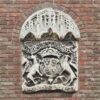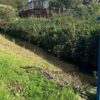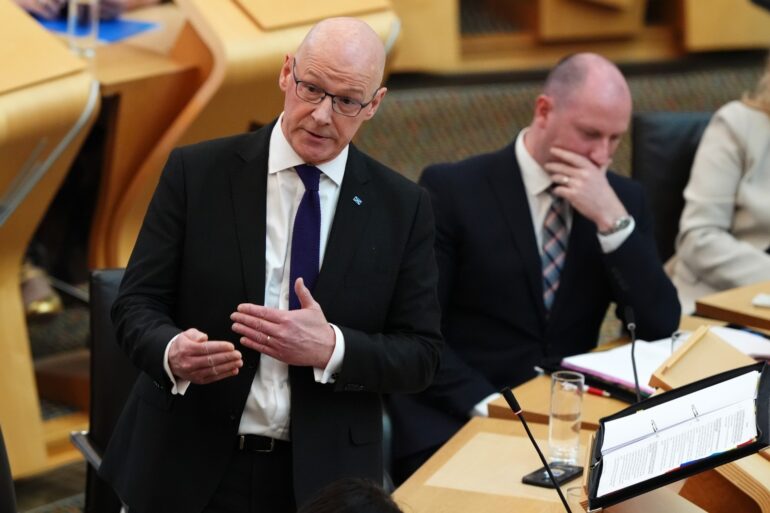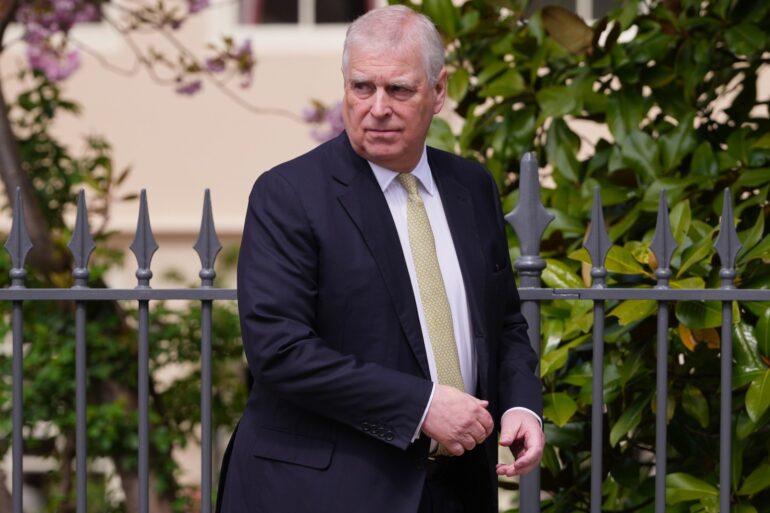-
 play_arrow
play_arrow
Kl 1 Radio Local radio for west Norfolk
-
 play_arrow
play_arrow
KL DISCO KL Disco Playing Disco Music from the 70's onwards.24/7
-
 play_arrow
play_arrow
KL COUNTRY KL COUNTRY Playing New and Classic Country Music 24/7
-
 play_arrow
play_arrow
KL ROX KL ROX The best of New and Classic Rock.24/7
-
 play_arrow
play_arrow
KL SUMMER Summer Vibes 24/7 from KL1 Radio across West Norfolk
-
 play_arrow
play_arrow
KL CLASSICAL Your Symphony Starts Here
-
 play_arrow
play_arrow
KL CHILL Just Chill!
-
 play_arrow
play_arrow
KL POP The Best POP Hits all day Long!
-
 play_arrow
play_arrow
KL XTRA KL XTRA
music_note

Human activity and British weather are to blame
More than half of UK butterfly species are now in long-term decline, as humans destroy habitats, use pesticides and drive climate change, experts said.
The UK Butterfly Monitoring Scheme, run by a coalition of conservation organisations, has also revealed that 2024 was one of the worst on record for butterflies in the UK with species including the small tortoiseshell, the chalk hill blue and small copper suffering their worst year ever.
Richard Fox, from Butterfly Conservation, said he was “devastated” by the declines in British butterflies, which he said were driven by human actions.
The monitoring scheme by charity Butterfly Conservation, the UK Centre for Ecology & Hydrology (UKCEH), the British Trust for Ornithology (BTO) and the Joint Nature Conservation Committee (JNCC) has been running since 1976, and now sees volunteers count butterflies across more than 3,000 sites.
Monitoring reveals that 2024 was the fifth worst year since records began for butterflies, with 51 of the UK’s 59 butterfly species declining last year compared with 2023, while just six increased.
It was the second worst year on record for common butterflies that live in gardens, parks and the wider countryside such as common blue, gatekeeper and large whites, while nine species had their worst year since counting began.
Experts said that butterfly numbers fluctuate from year to year, and last year’s low numbers are in part due to the wet spring and relatively cool summer which did not provide good conditions for winged insects to feed and breed.
But the monitoring data also shows that for the first time, more than half of the UK’s butterfly species are in long-term decline.
It reveals 31 have declined since monitoring began, with 22 species suffering significant declines including widespread species such as the small tortoiseshell whose numbers have plummeted 86% since 1976, and the green-veined white which has seen a 28% decline.
Several species listed on the “red list” amid concerns over their survival, the grizzled skipper, small pearl-bordered fritillary and chalk hill blue, had their worst year on record, the monitoring showed.
Conservationists said those species required specific habitat to survive, which had been destroyed over the past century.
Dr Fox said: “I am devastated by the decline of our beloved British butterflies, and I’m sorry to say it has been brought about by human actions: we have destroyed wildlife habitats, polluted the environment, used pesticides on an industrial scale and we are changing the climate.
“That means that when we have poor weather, these already-depleted butterfly populations are highly vulnerable and can’t bounce back like they once did – and with climate change, that unusual weather is becoming more and more usual.”
The results come after Butterfly Conservation declared a UK-wide “butterfly emergency” following the worst-ever results of its citizen science Big Butterfly Count last year.
Dr Fox said the wildlife charity had been “inundated” with people last summer asking where the butterflies had gone and what they could do to help.
“By far the best thing we can do to help butterflies is to create more habitat,” he said, pointing to research by the charity which showed letting part of the garden grow wild with long grass increases butterflies – particularly in gardens and intensive agriculture.
“That is why we are calling on people and councils across the UK to pledge to not cut their grass this year from April to September: this simple act can make a real, immediate difference to butterflies, moths and other wildlife,” Dr Fox urged.
Dr Marc Botham, butterfly ecologist at the UKCEH, said: “These deeply concerning results from the UKBMS emphasise just how important it is to monitor and record our wildlife so we can target conservation efforts and protect our beloved species.
“Butterflies in particular are valuable not just in their own right but also as indicator species, meaning they can tell us about the health of the wider environment, which makes the UKBMS data invaluable in assessing the health of our countryside and natural world in general.”
Published: by Radio NewsHub

Similar posts
Upcoming shows

Tom Green – Classic Hit Lunchtime
11:00 am - 1:00 pm

Darren Furzey – Classic Hit Weekend
1:00 pm - 3:00 pm

Lee Vincent – Classic Hit Saturday
3:00 pm - 6:00 pm

James Roberts – Saturday Anthems
6:00 pm - 8:00 pm

Liam Walsh – Guilty Pleasures
8:00 pm - 10:00 pm
-

Town clothing store soon to get click and collect service

Knife offender breached court order because his ankle tag caused him ‘injury’

Have a crack at the toughest pub quiz on the internet

Disqualified driver riding electric bike caught out by plain-clothed officers

Duke of Yorks accuser Virginia Giuffre dies aged 41
Message Us
Copyright The Mediasite UK - 2025



